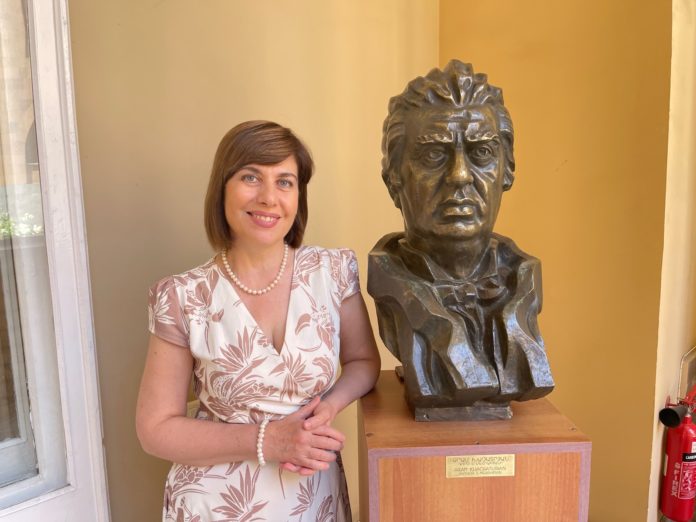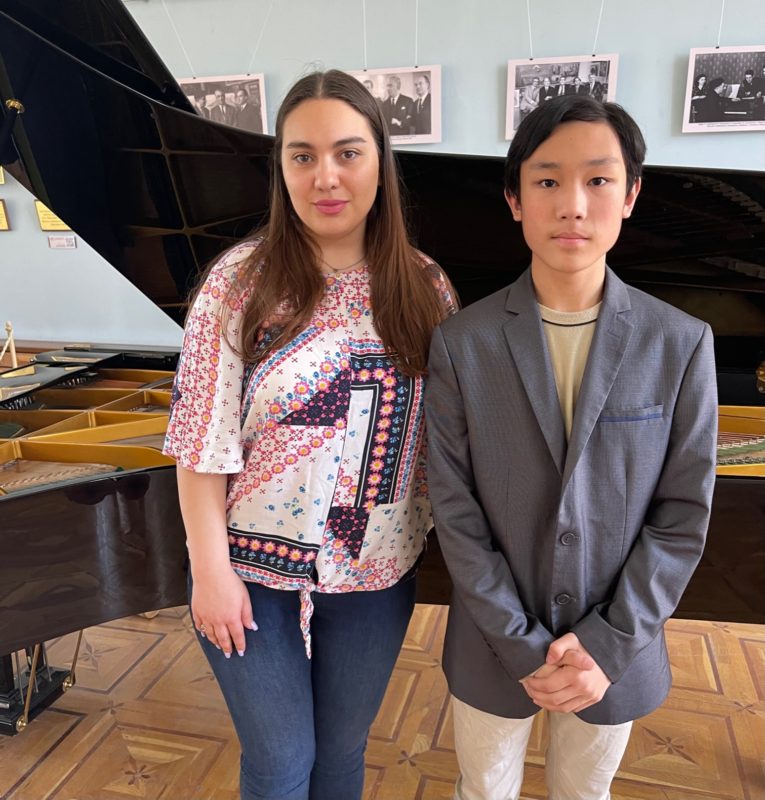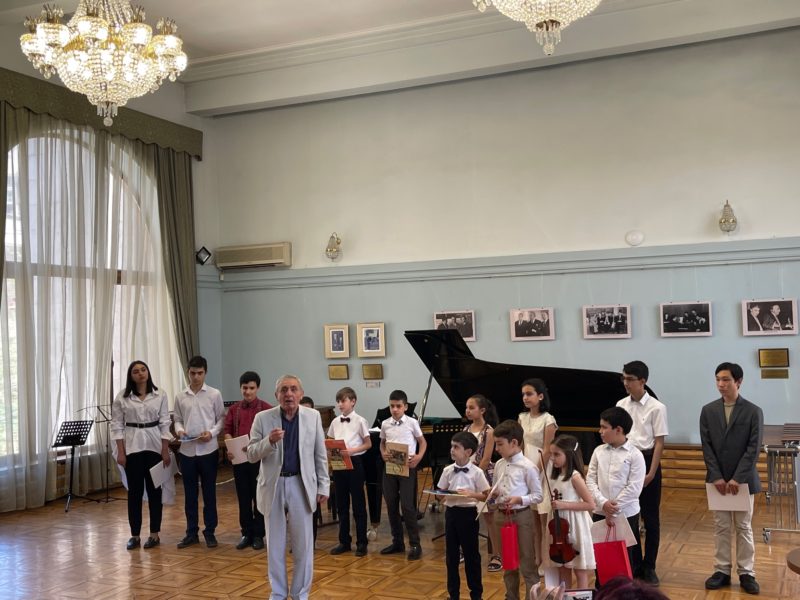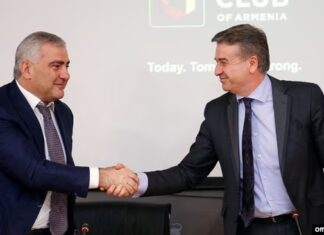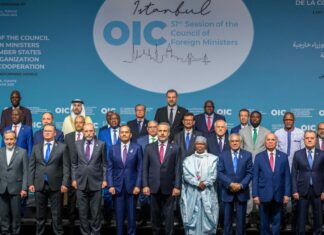YEREVAN — Armine Grigorian, the director of the Aram Khachaturian Home Museum in Yerevan, holds her smartphone over Khachaturian’s image on a notebook, and the image livens up. Using the Arloopa application, created by Armenian IT specialists, the museum features a variety of hi-tech solutions that make the display interactive and contemporary. Using his/her phone, the visitor turns from a passive viewer to a participant, somewhat similar to what is happening at the Smithsonian museums of the United States.
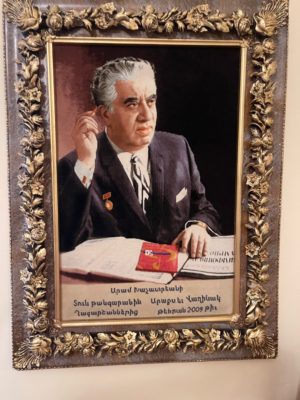
“The home museums are a specific type of a museum, where the authentic atmosphere needs to be preserved. Having said that, we need to keep abreast with the time. Therefore, it is important to bring in innovations like smartphones, applications, or QR codes, without which it is hard to imagine our life now,” says Armine while we walked through what used to be Khachaturian’s home, looking at QR codes that were placed next to the acclaimed composer’s black-and-white or colored images, clothes, and other items on display.

Perhaps the most known music of Khachaturian is the Sabre Dance from the “Gayaneh Ballet,” on account of which the Armenian composer was sometimes nicknamed Mr. Sabre Dance in the West.
“According to UNESCO’s statistics, the Sabre Dance is one of the most performed classical music pieces in the entire world. Khachaturian wasn’t very happy about it. He remarked, ‘If I knew that this naughty kid of mine was going to cast a shadow over my other musical works and push them aside, I might not have even composed it,’” said Armine, placing her Samsung over an image that activated a YouTube link with a clip of the Sabre Dance.
The high-resolution photos on the walls feature Khachaturian’s international travels ranging from the United States to Argentina, Cuba, the Vatican, and elsewhere. “He visited nearly 50 countries; he was the first Soviet citizen to meet the Pope. It happened before the USSR and Vatican established diplomatic relations,” continued Armine.
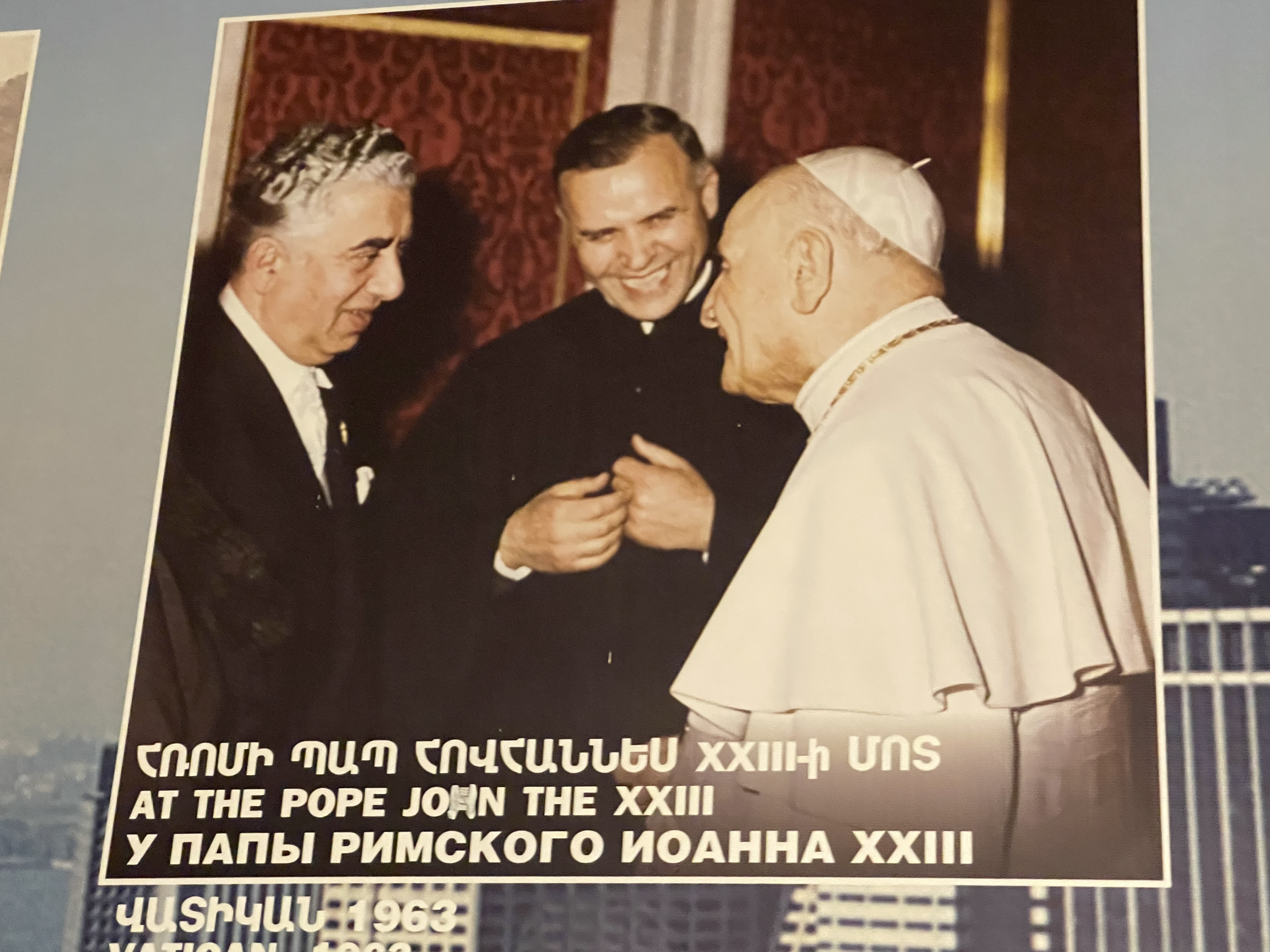
Opening the Magical Music Catalogue with notes initiates the playing of Khachaturian’s Violin Concerto in the hall. The innovations will not stop here. “We know that before this house was built for Khachaturian in the 1940s, he would stay at what is now Grand Hotel Yerevan. The museum has reached an agreement with the hotel, and soon, on June 15, we are planning a surprise event at this 5-star hotel,” noted the director.



